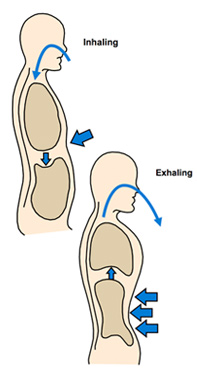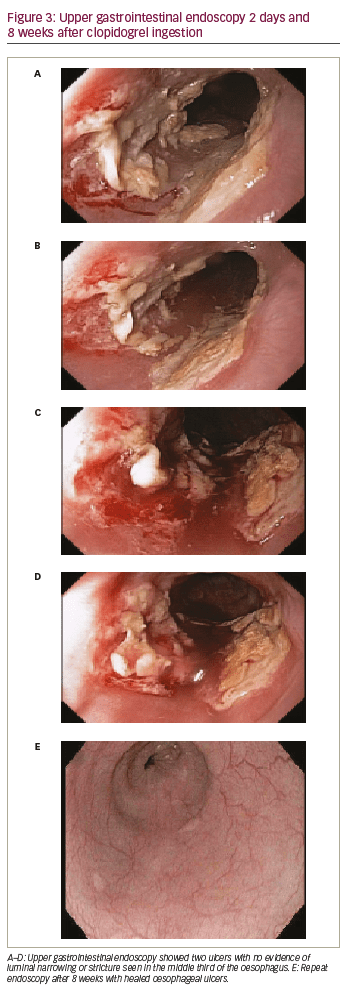
You should discuss any new chest pain which has none of these features with your primary care team.

It may radiate to one or both arms, to the neck, jaw or teeth. It is typically experienced as a constricting feeling, a tightness or heaviness across the chest. It is important to diagnose this condition so that blood thinning treatment can be started to prevent further episodes.Īngina is the most common symptom arising from narrowed or blocked heart arteries. The onset of pain is usually sudden and may be experienced with other symptoms, such as shortness of breath. Pain from the lining of the lungs may be caused by, a blood clot (pulmonary embolism) in one or more of the arteries supplying the lungs. This is looked for routinely in people who are advised to attend hospital for severe COVID symptoms. Severe COVID infection may trigger inflammation of the heart muscle, a condition called myocarditis. It is treated with simple painkillers such as Paracetamol and anti-inflammatory medicines.

It usually points towards an inflammation of the pleura (the lining of the lungs, causing pleurisy) or of the pericardium (the lining of the heart, causing pericarditis, in which case the pain is normally made worse by lying flat and relieved by sitting forward). This type of pain is sharp and worse on breathing in. This type of pain can also be associated with trying new exercises (e.g. Myalgia is common during acute viral infections such as COVID and, together with non-specific/non-cardiac pain, may be experienced during the COVID recovery illness. The affected area is tender to touch and made worse by specific movements such as turning of the chest or stretching. This pain may be limited to a small area or to a particular area or be felt as more widespread muscle soreness (called myalgia). Causes for this type of pain are rarely identified. It is not bought on by physical activity. It can last a split-second to hours in duration. However, it is often felt in a localised area just below the left nipple. The location may vary during repeated episodes. It is important to seek medical advice concerning any type of new chest pain in order to explain whether or not it could lead to a potentially serious heart or lung condition. Other causes of chest pain may, however, present for the first time after COVID infection, and might not be related to COVID.

Having experiences of chest pain after COVID can be worrying but usually not life threatening. Breathlessness, fatigue, and chest pain are some of the most common symptoms experienced during the recovery phase of COVID infection.


 0 kommentar(er)
0 kommentar(er)
